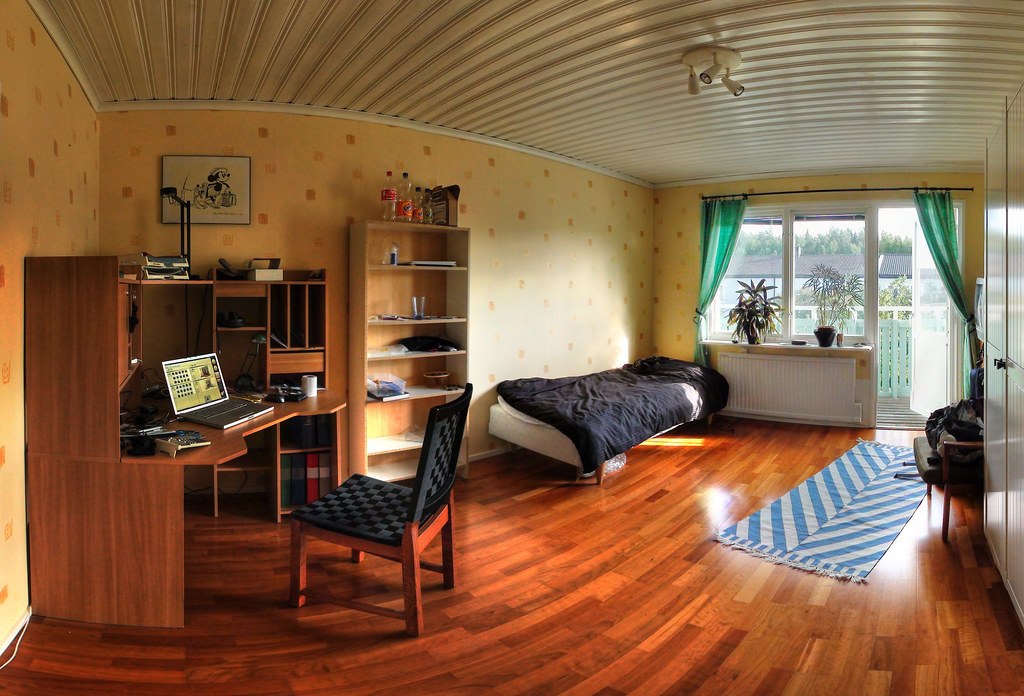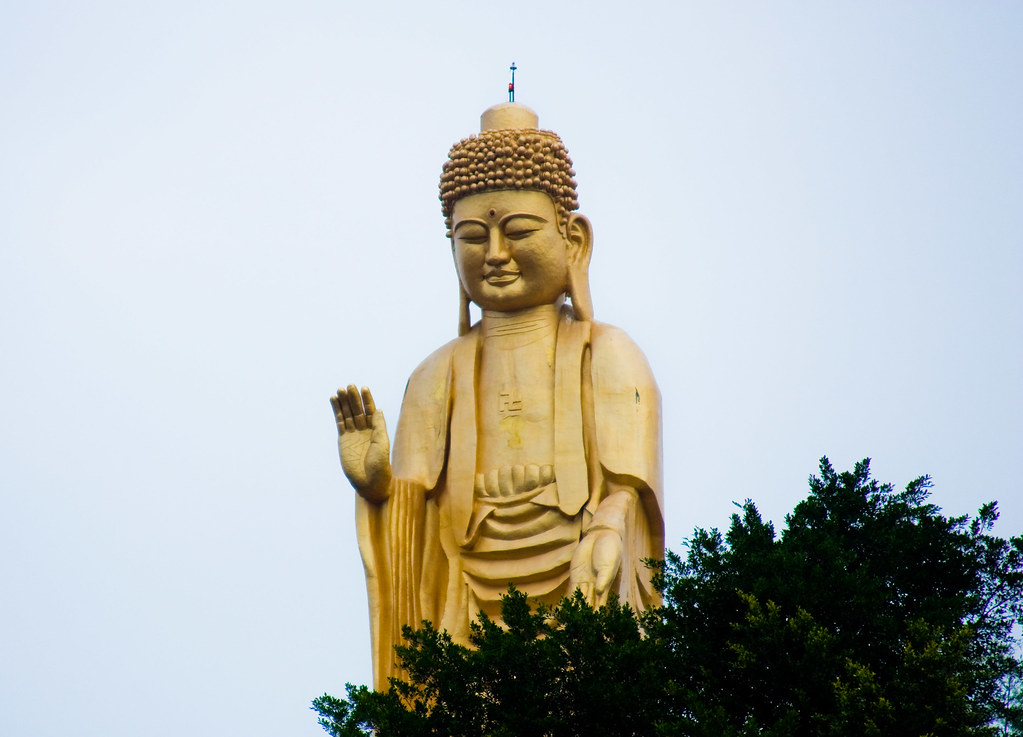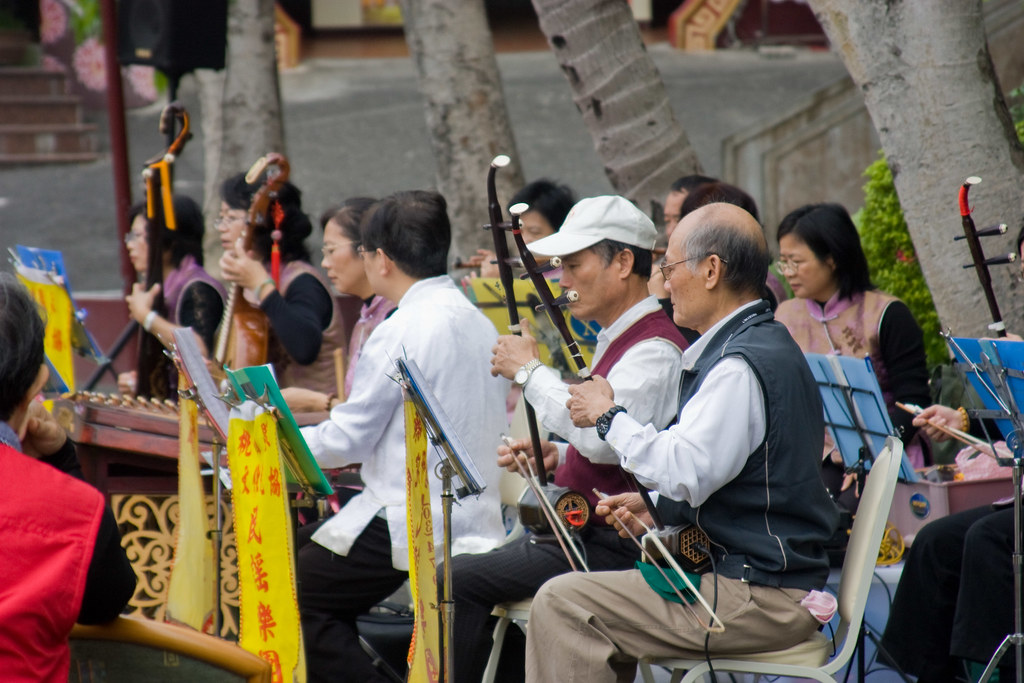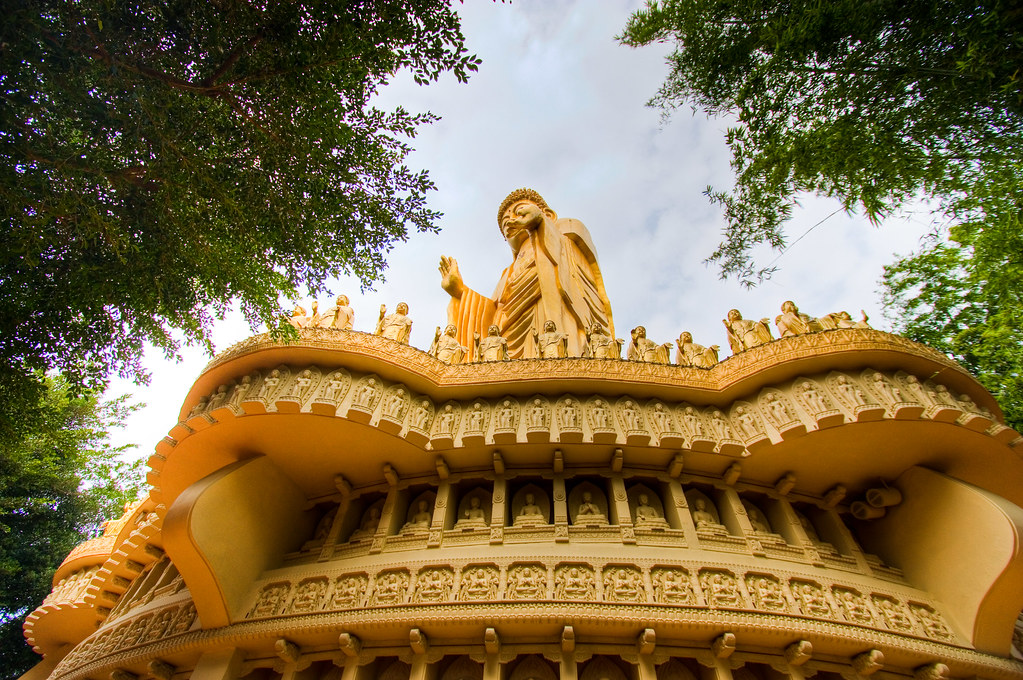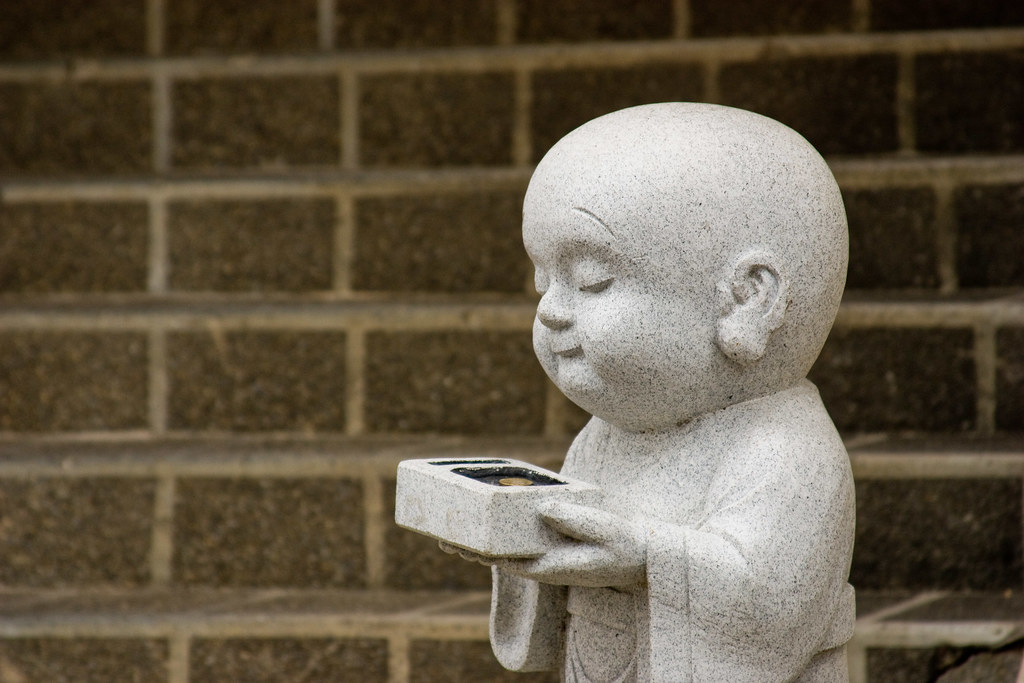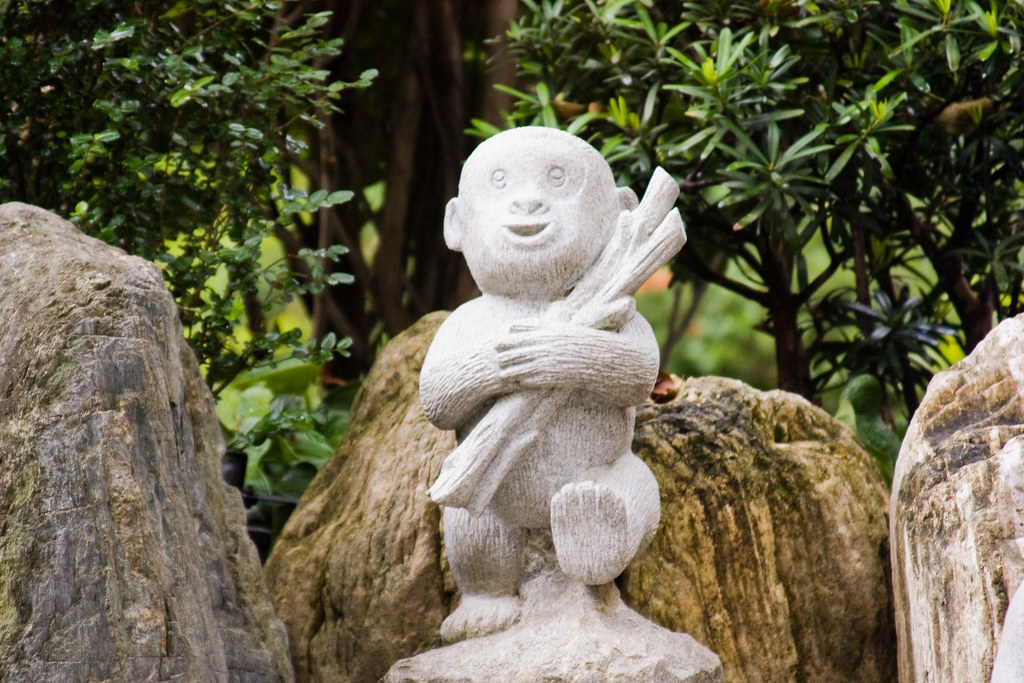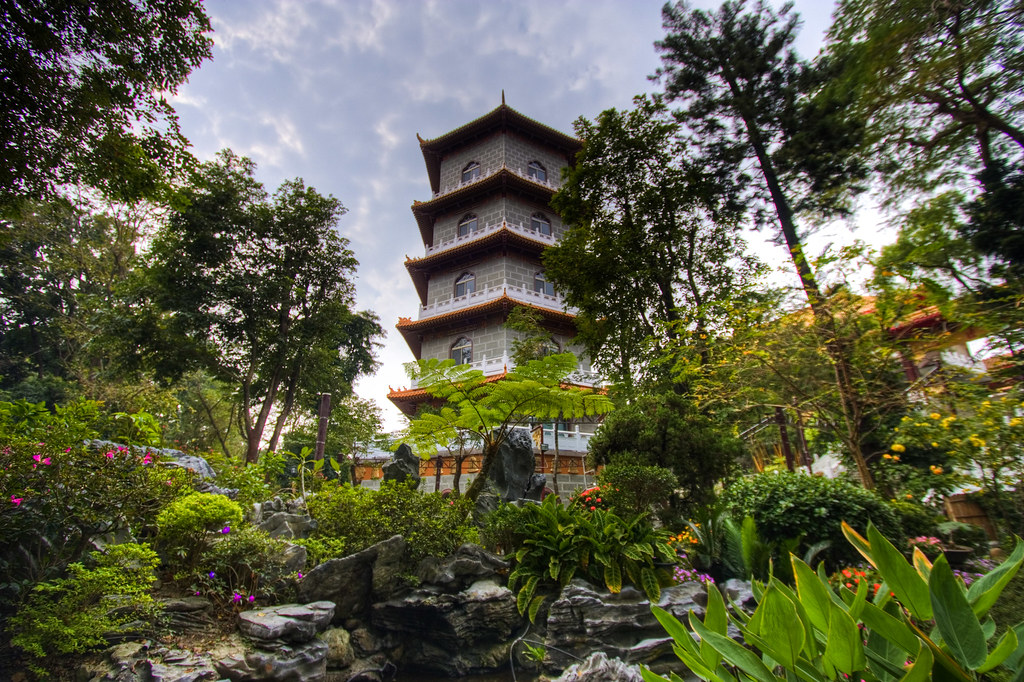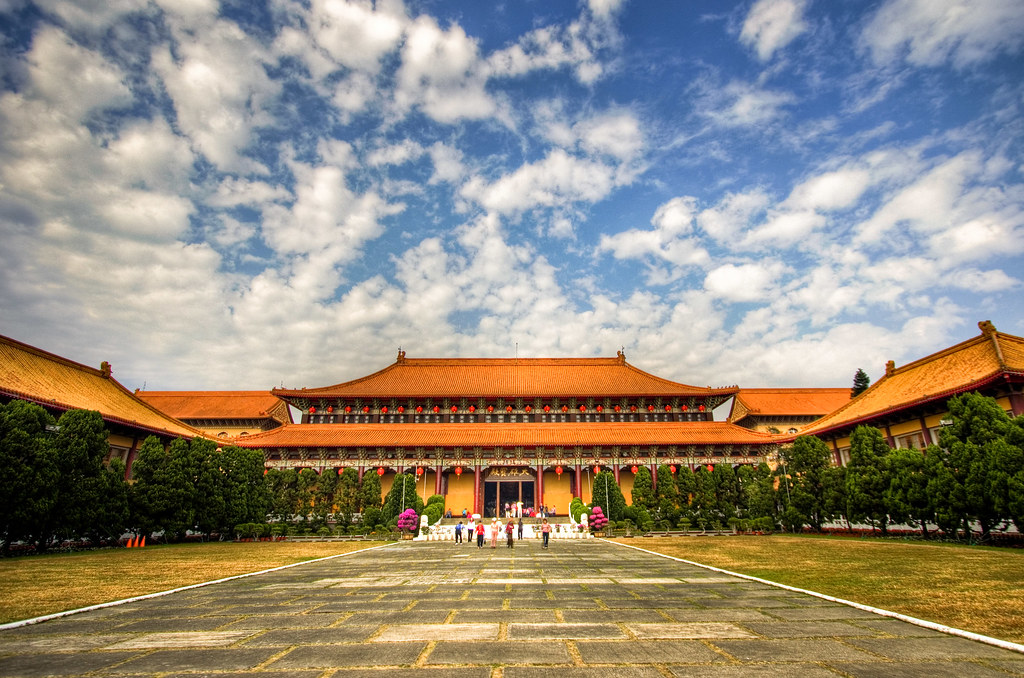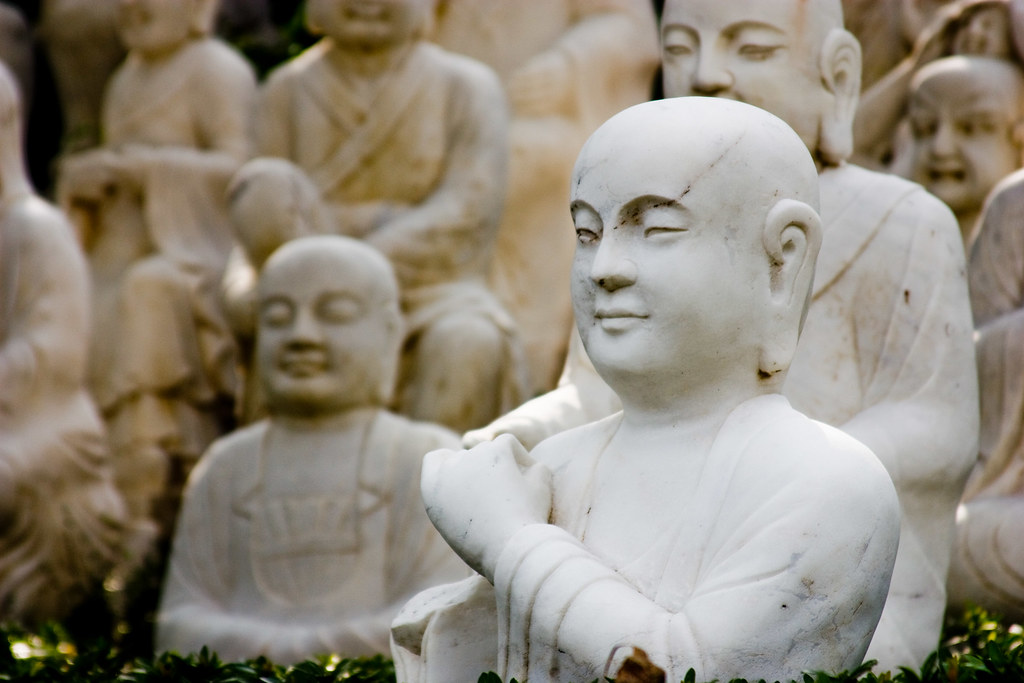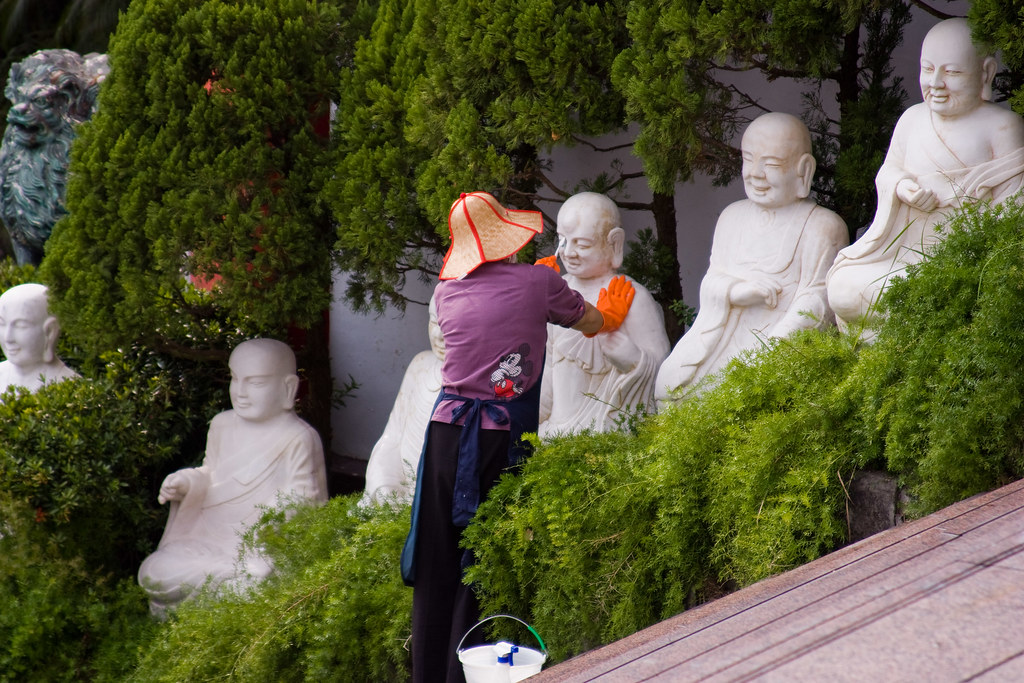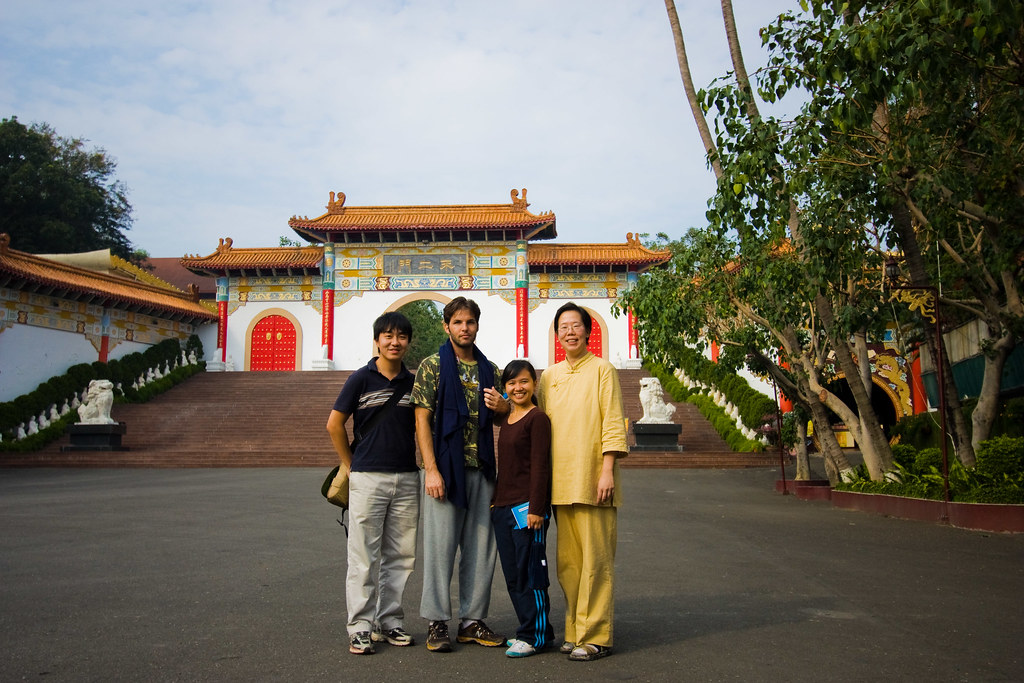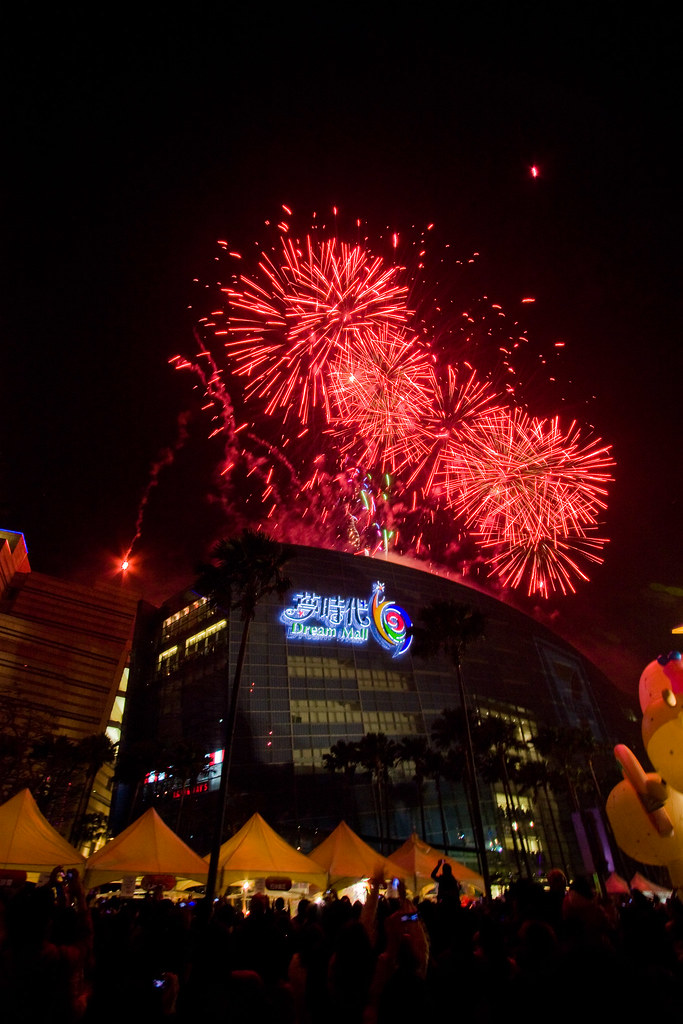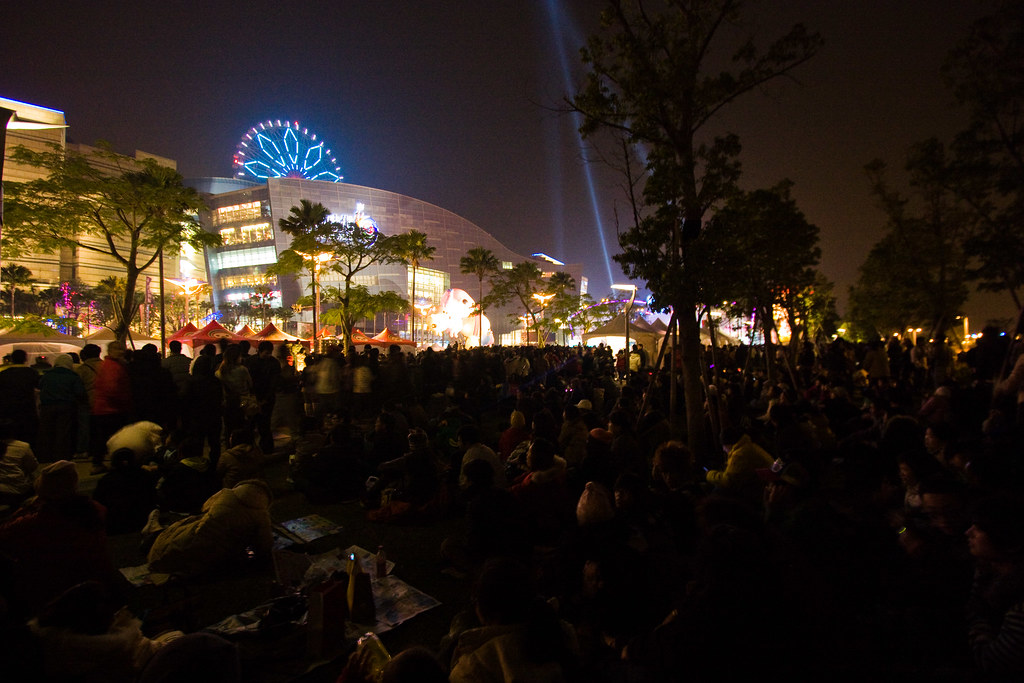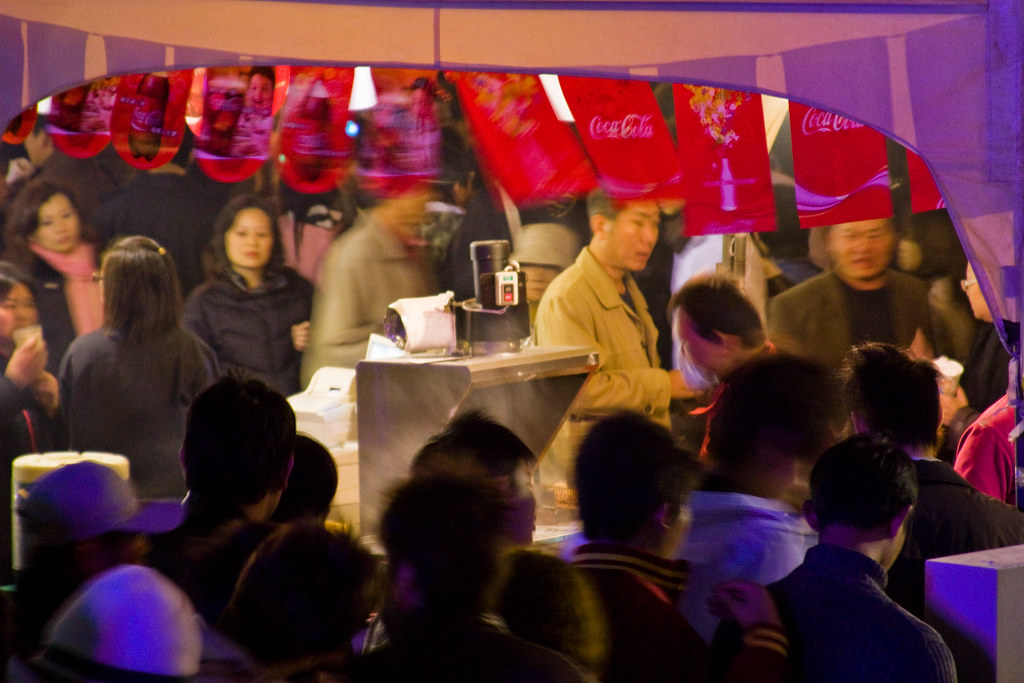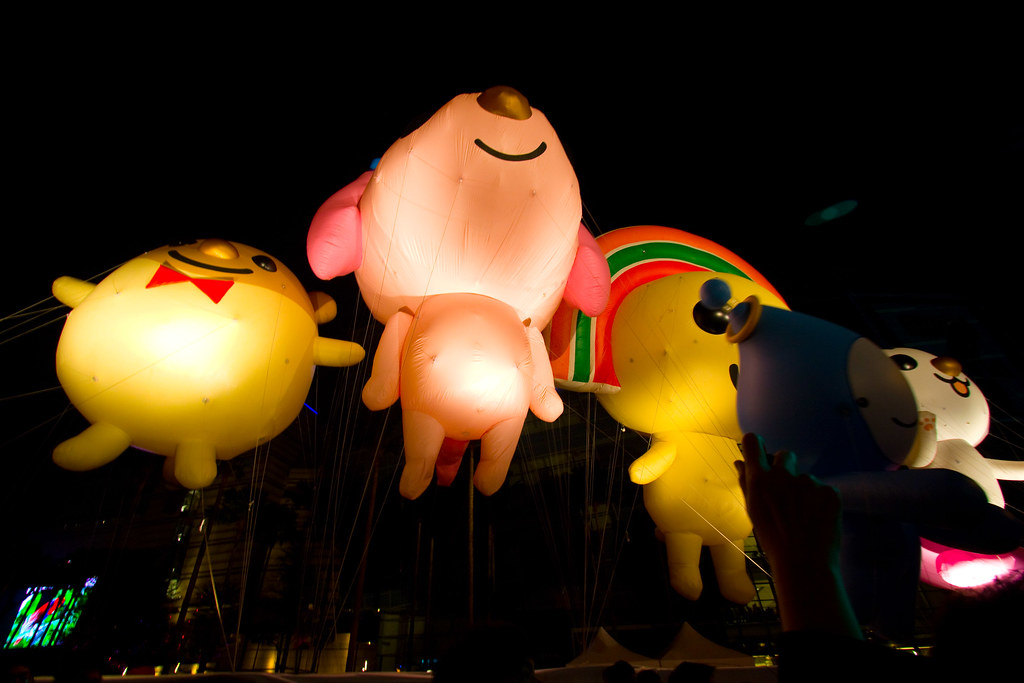Perhaps things have been a little stagnant here, or perhaps I want to quickly get the "old" posts (pre-layout-redesign posts that don't quite fit the theme) out of the first page, or perhaps I should give a better shot at living up to someone's recent compliment, or perhaps I miss the sight of Europe and Canada. In any case, here's a recap of my favourite photos from 2008.
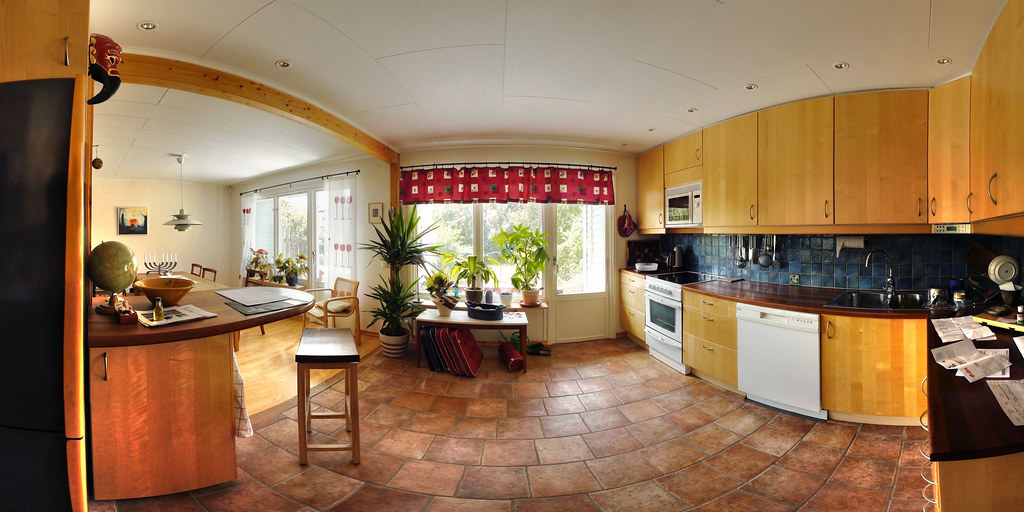
The kitchen of the house I lived in, whose style I think really matches those Ikea model kitchens. I rented my room from a recently separated man who had some extra rooms. I lived here for the first two of my four months, and then moved into his home office across the hall when another tenant moved in.
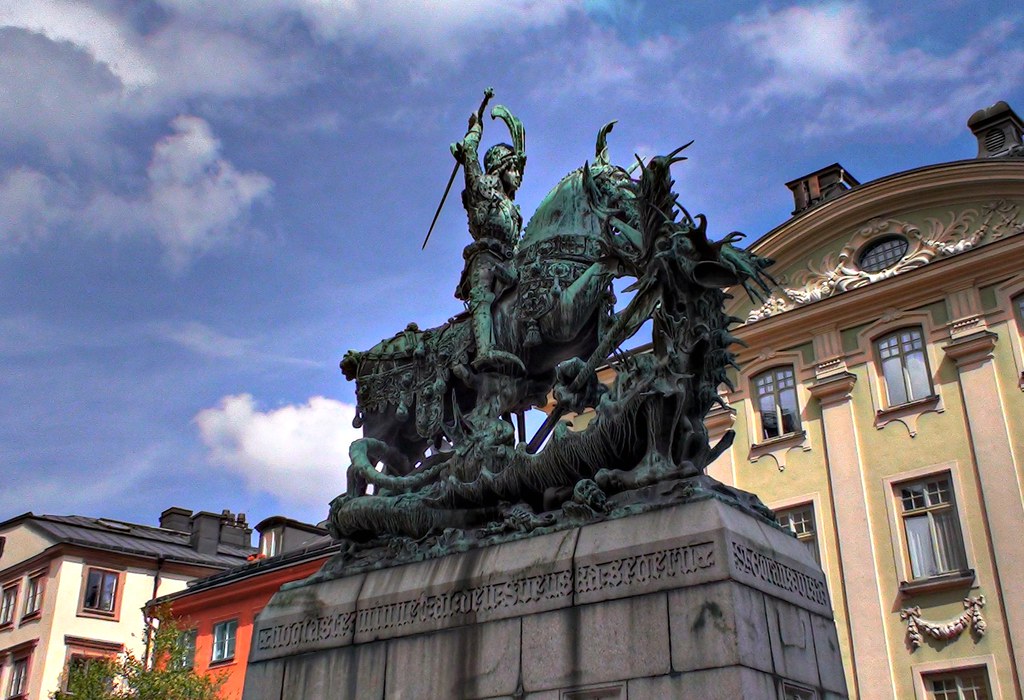
Here's in Stockholm's Gamla Stan (old town) is a statue of St. Geroge slaying the dragon, an image that appears quite frequently in the city. The picture is the product of some gentle HDR treatment.
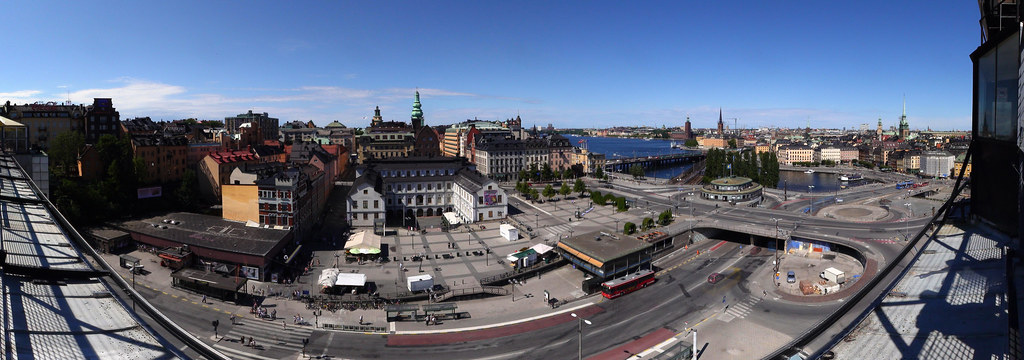
Here, at the top of the Katerina Lift in central Stockholm, I managed to capture a sunny day in July. As it turns out, sunlight becomes steadily more scarce as the weeks went by.

By the end of August, I'd be lucky to see one sunny day per week.
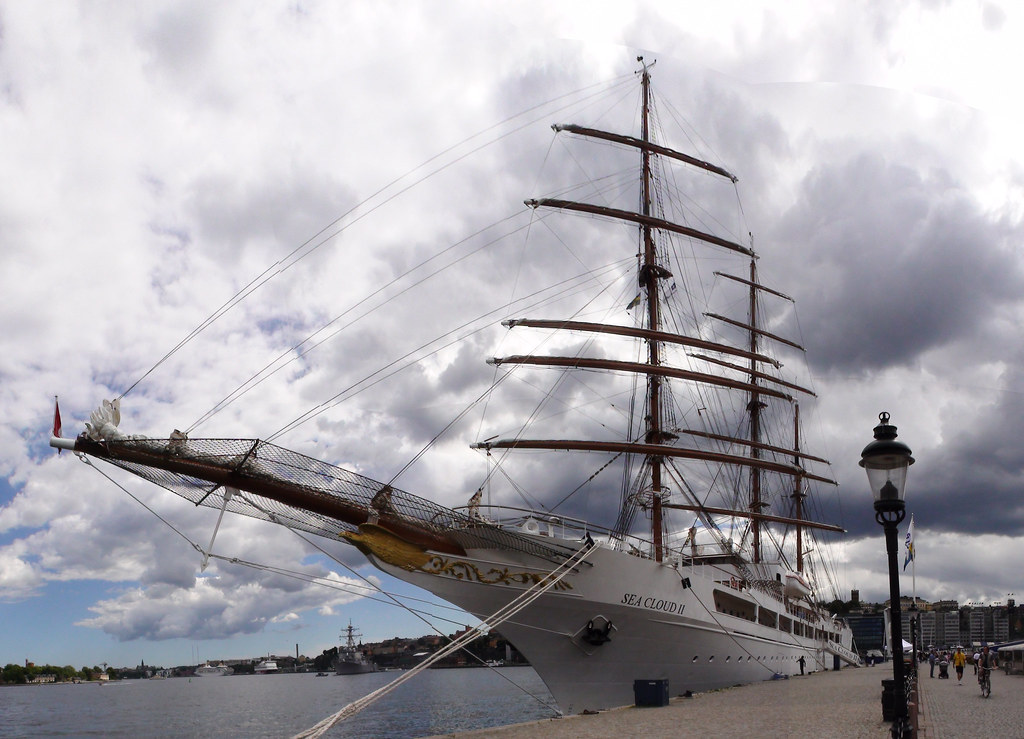
An early stitch of one of the ships that frequently dock in Stockholm harbour. If you look carefully you can see where the stitch wasn't so seamless.

I visited Paris in July, which was quite nice. There were certainly too many tourists at that time of year, and it was hot beyond my comfort level. By that time I was still using the camcorder, and a simple wide angle picture like this took at least two or three shots to stitch together.
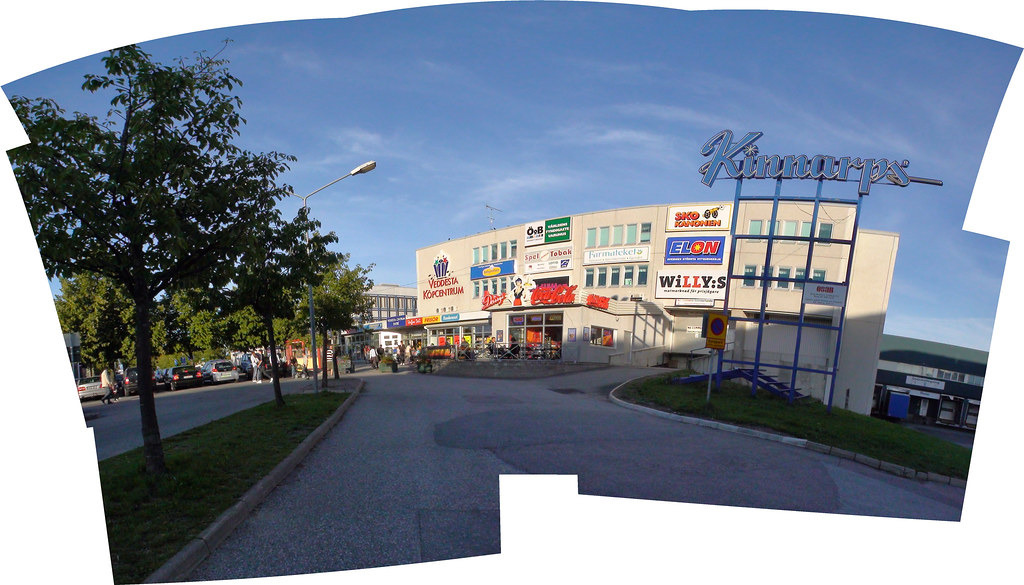
At some point I had decided that the rectangle was boring and that it was more fun if I kept the stitched image in its original form. Here is a strip mall outside my workplace that I visit daily for lunch.

What I remember most about Sweden was perhaps the snails - there were just so many of them, and some of them are just gigantic. I rode an old bike to work every day, and always made a concious effort to steer around the hundreds of snails. Dying of a cracked shell seemed pretty slow and painful. I wasn't alone - more than once I've seen people who'd pick up snails from the roads and sidewalks and toss them back into the grass.
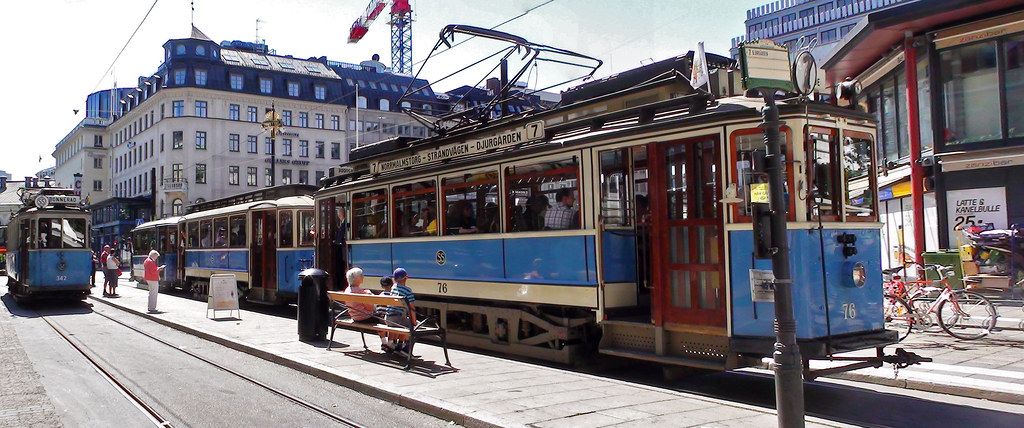
One of Stockholm's small pleasures is its historic tram line, which is more of a tourist attraction than an actual functional transit line. When Sweden switched to right-hand traffic in 1969, Stockholm discarded most of its trams save for the few kept alive by the historical society who now runs this short line.
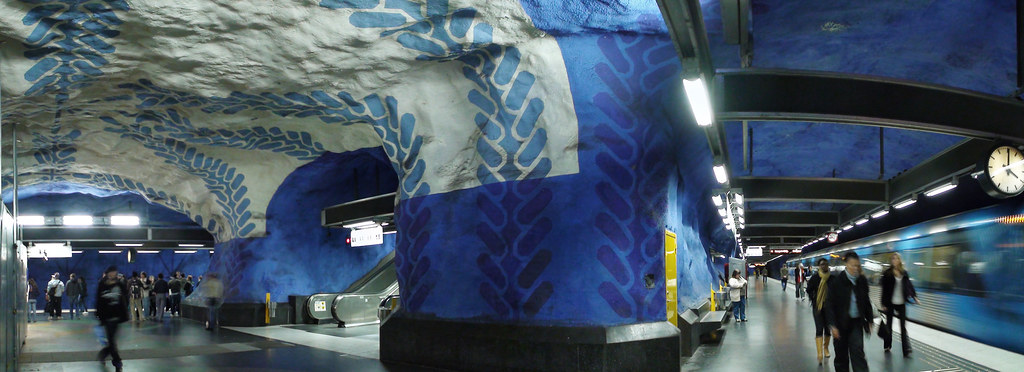
Stockholm's metro, the T-bana, has the self-proclaimed status of being the "world's largest art display". As I figure, since Stockholm sits on a thick layer of firm bedrock, underground caverns (such as metro stations) need no extra reinforcement. The result is a raw-cavern-like appearance at many underground stations which, with a bit of paint, is truly like nothing else I've seen.
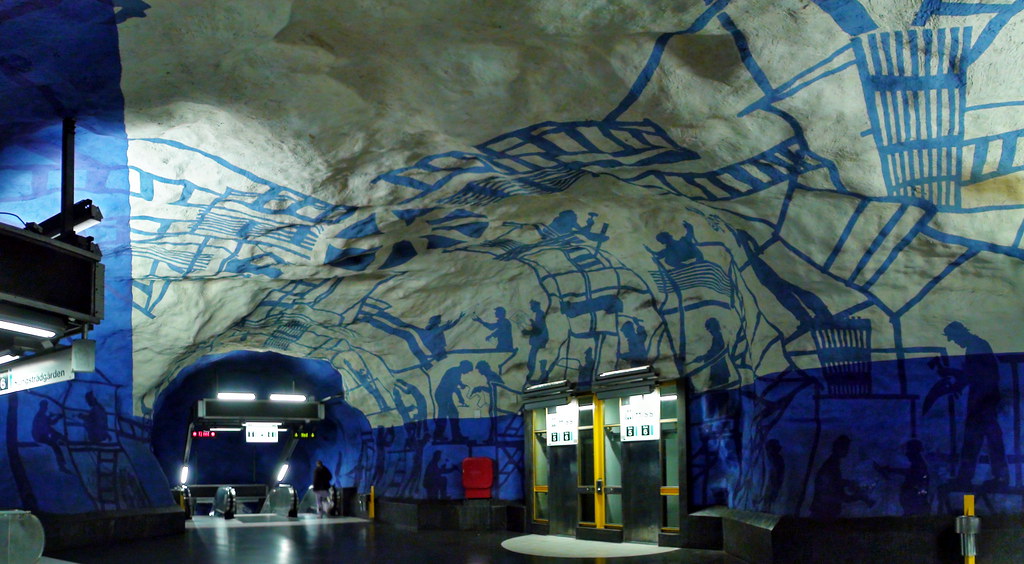
Another example of underground art. Looking back I really wish I had better equipment to capture this with, but this will have to do.
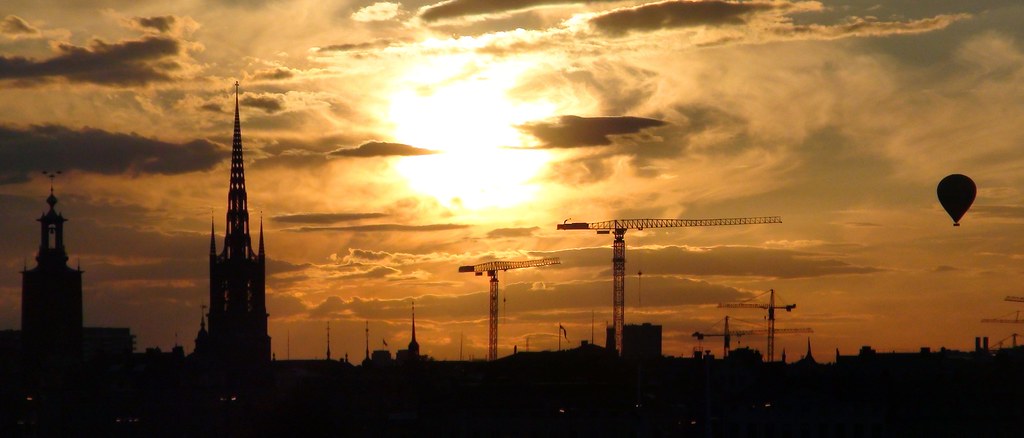
And that's the end of Sweden.
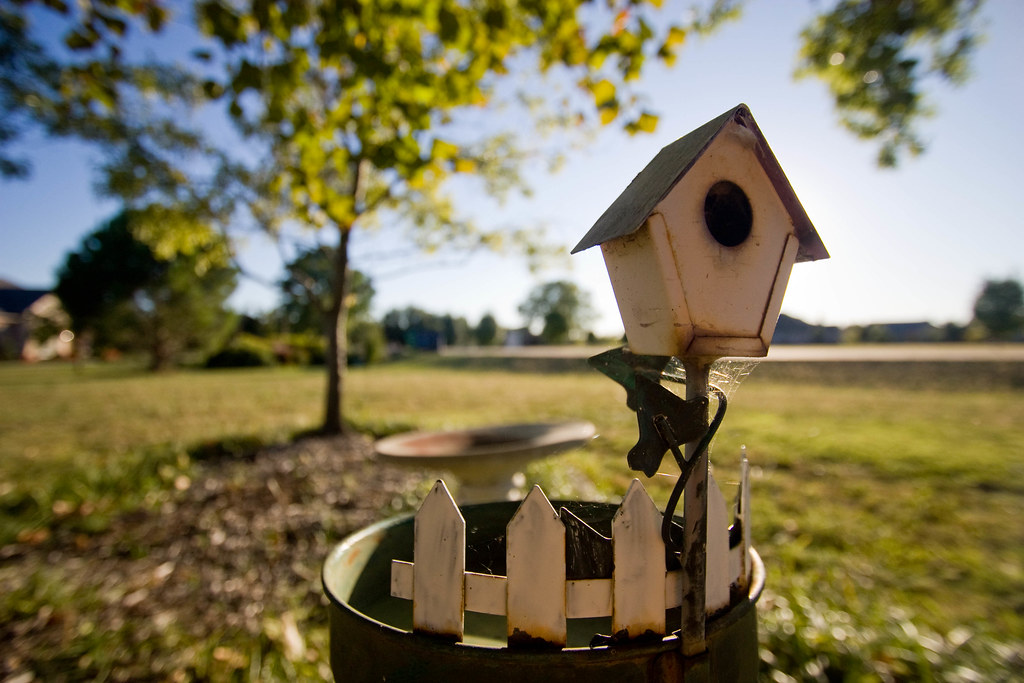
It took a lot of work to make the camcorder photos end up presentable, so I was very excited to get my Rebel XSi on a trip to Dallas. How delighted I was to be able to take a photo like this with no need to process it thereafter!

My parents had just recently bought a house on the outskirts of Dallas, and my two weeks there was certainly a drastic change from life in Sweden. With a big house in America came a really different lifestyle. I think the riding mower says it all.
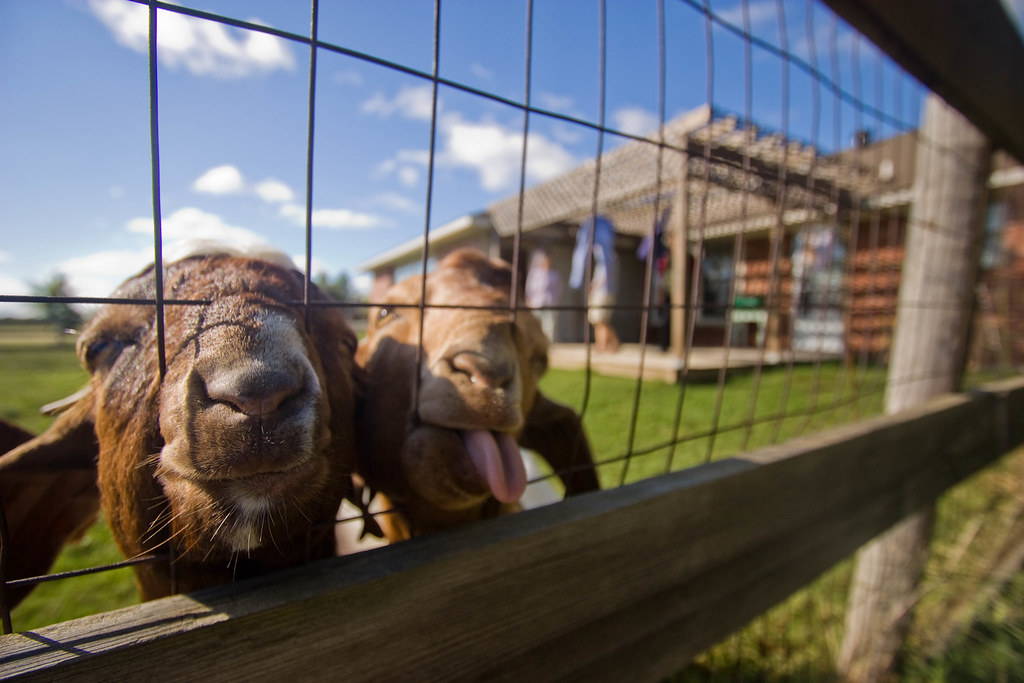
The yard was also big enough to legally house livestock. I think these were supposed to be spring kids, but came Christmas nobody actually had the heart to kill them. So now we have 3 pet goats.

Giant highways might not represent the most sustainable development, but they certainly are nice feats of engineering.
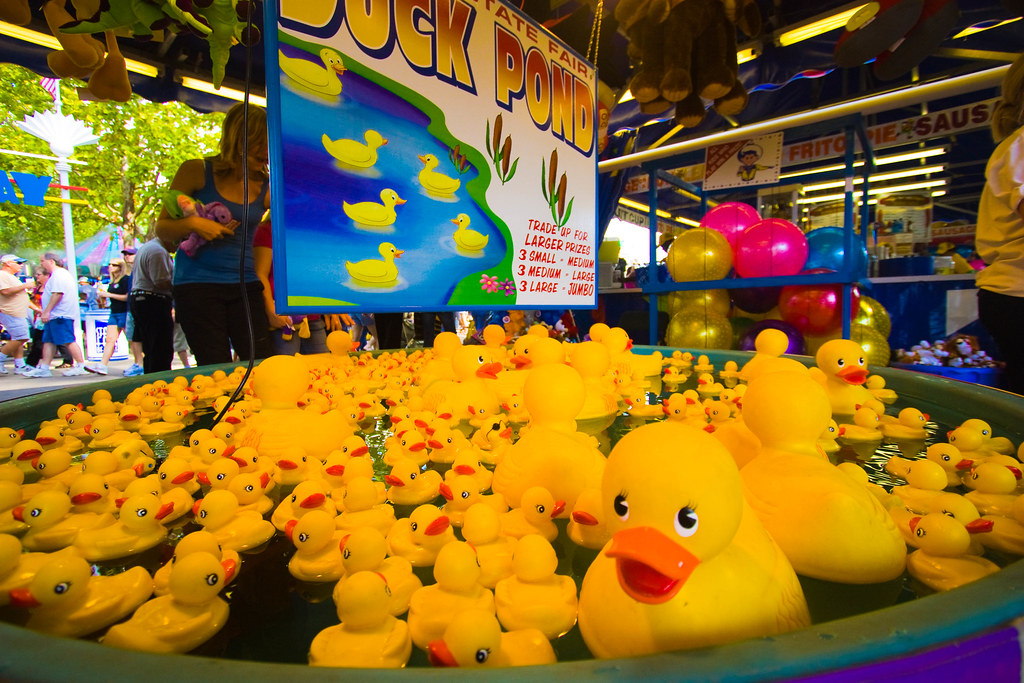
The easiest game at the Texas State Fair - the duck pond. Pick up a duck and win what is written underneath.
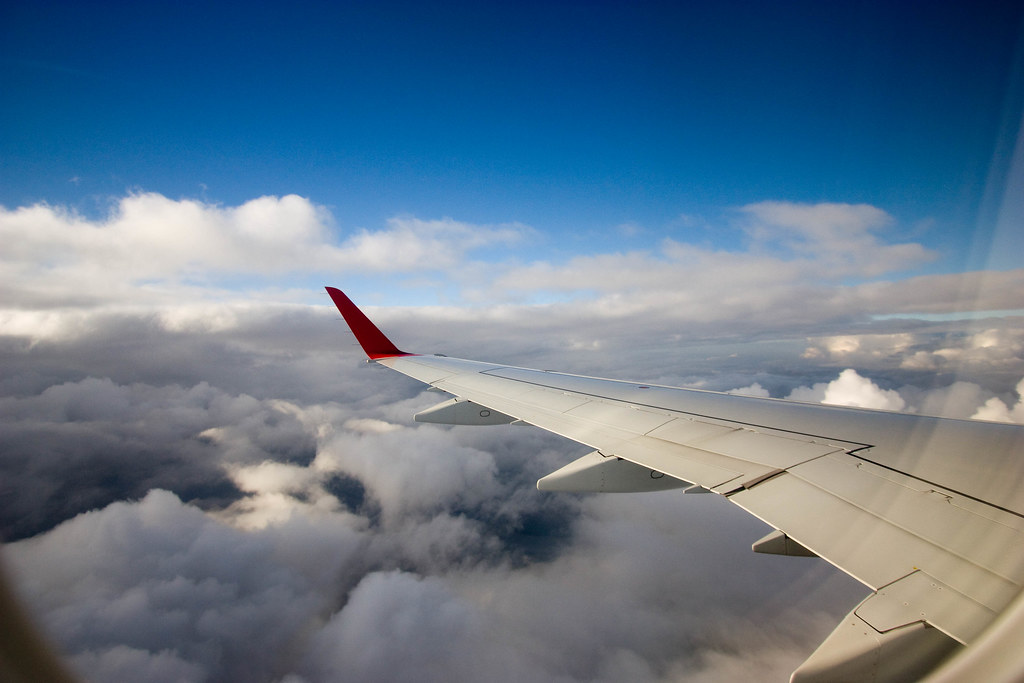
Finally, I can take pictures out of an airplane that are worth looking at! Here, going back to Toronto.

A back door opened up to the roof of my old apartment, where I stayed for about a week.
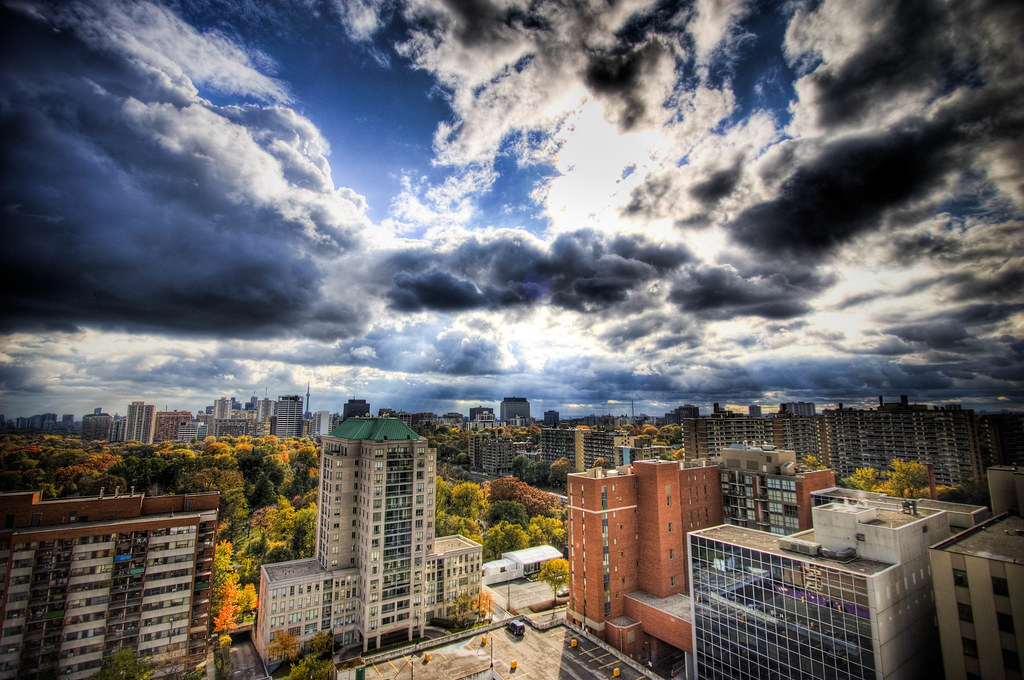
Here's a view of the city after some rather harsh HDR treatment, perhaps not liked by all. Personally I like an occasional deviation from reality.

My old friend Boots, who probably long forgot who I am.
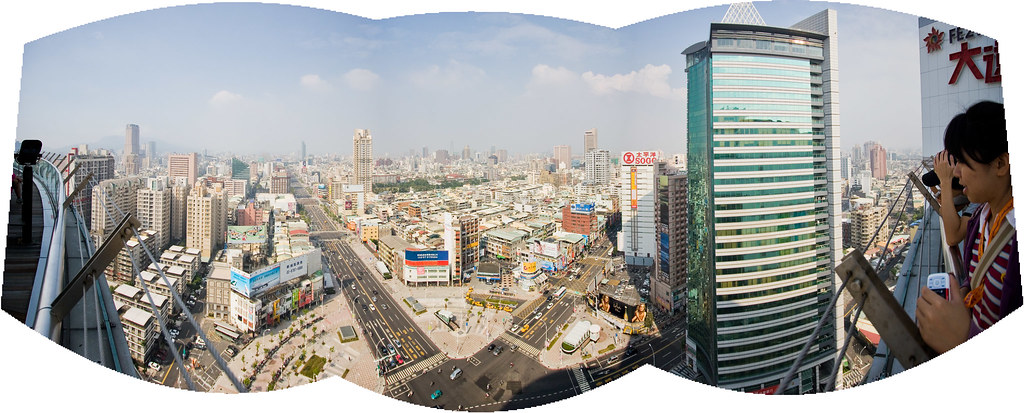
I arrived at my new home Kaohsiung in November, and was greeted with weather hotter than the hottest Toronto summer day. The Kaohsiung sky also makes the Toronto smog nothing to complain about. But I really love that the city is such high-density and so nocturnal. Getting off work after dark is really nothing at all to complain about (more on that in the near future)!
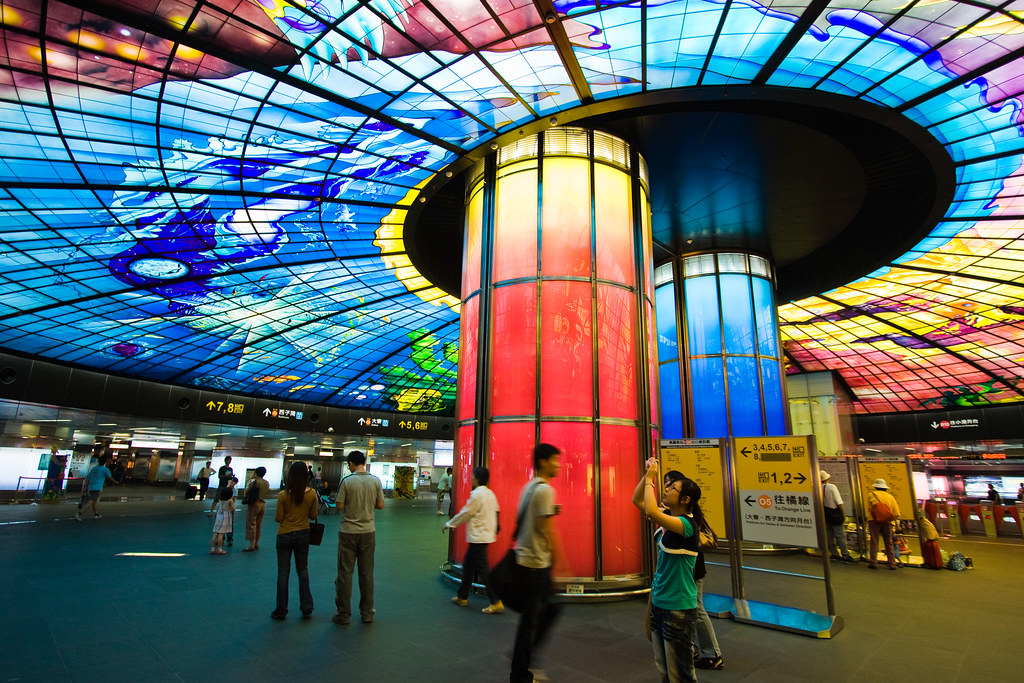
Kaohsiung's new metro, the KMRT, is brand spanking new. I came at a good time, as my commute to work probably would have taken twice as long without it.

A man rides one of millions of scooters in the city.
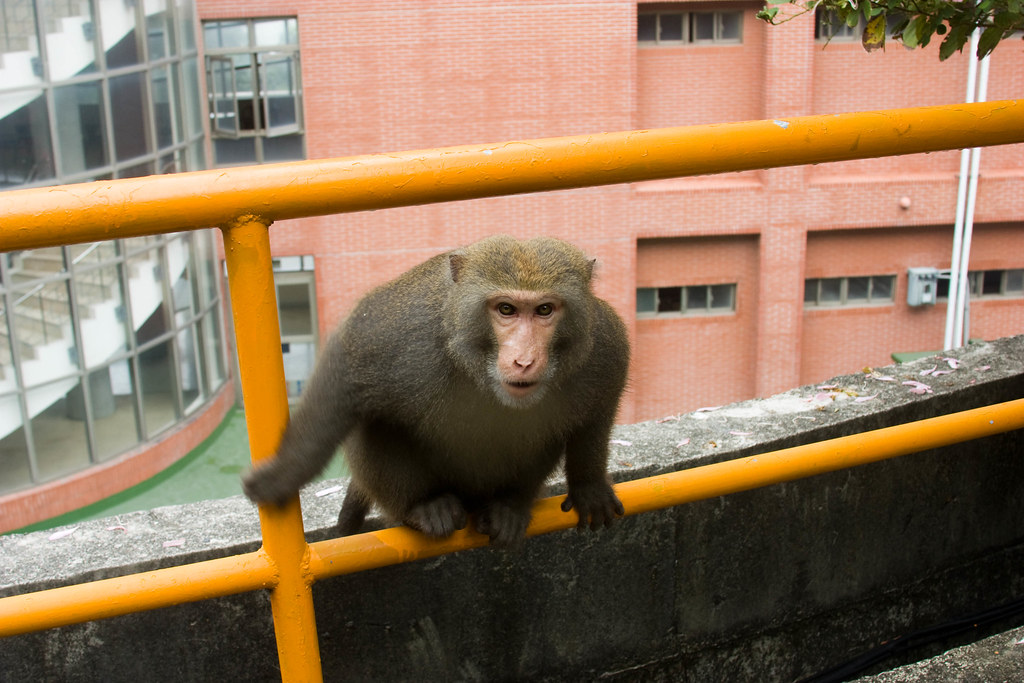
What's most memorable in Kaohsiung so far are certainly the
monkeys.
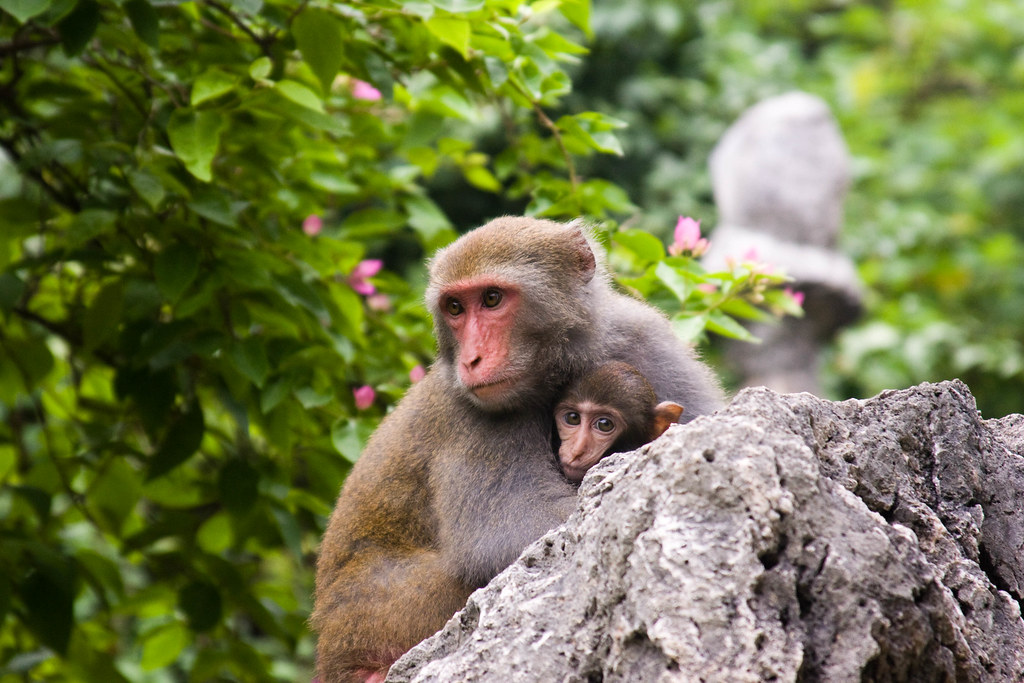
Some less aggressive-looking monkeys.
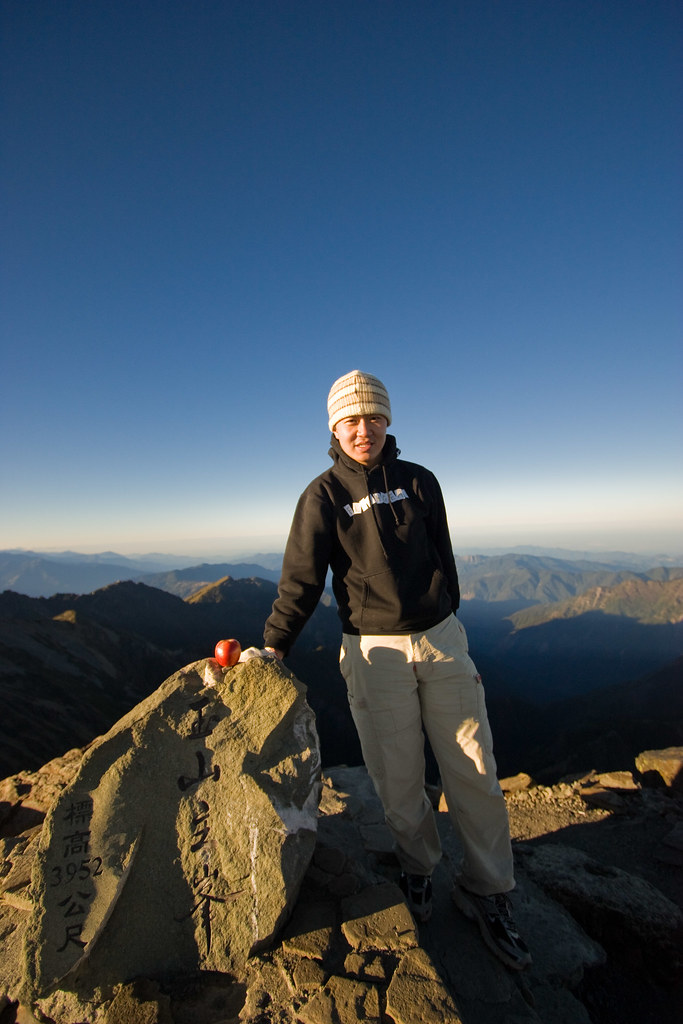
And finally, me, at the top of Taiwan.
That's it! A lot has certainly happened last year! In the new year look for more of my adventure in Taiwan, and sooner or later, some posts about what life in Kaohsiung is actually like!
